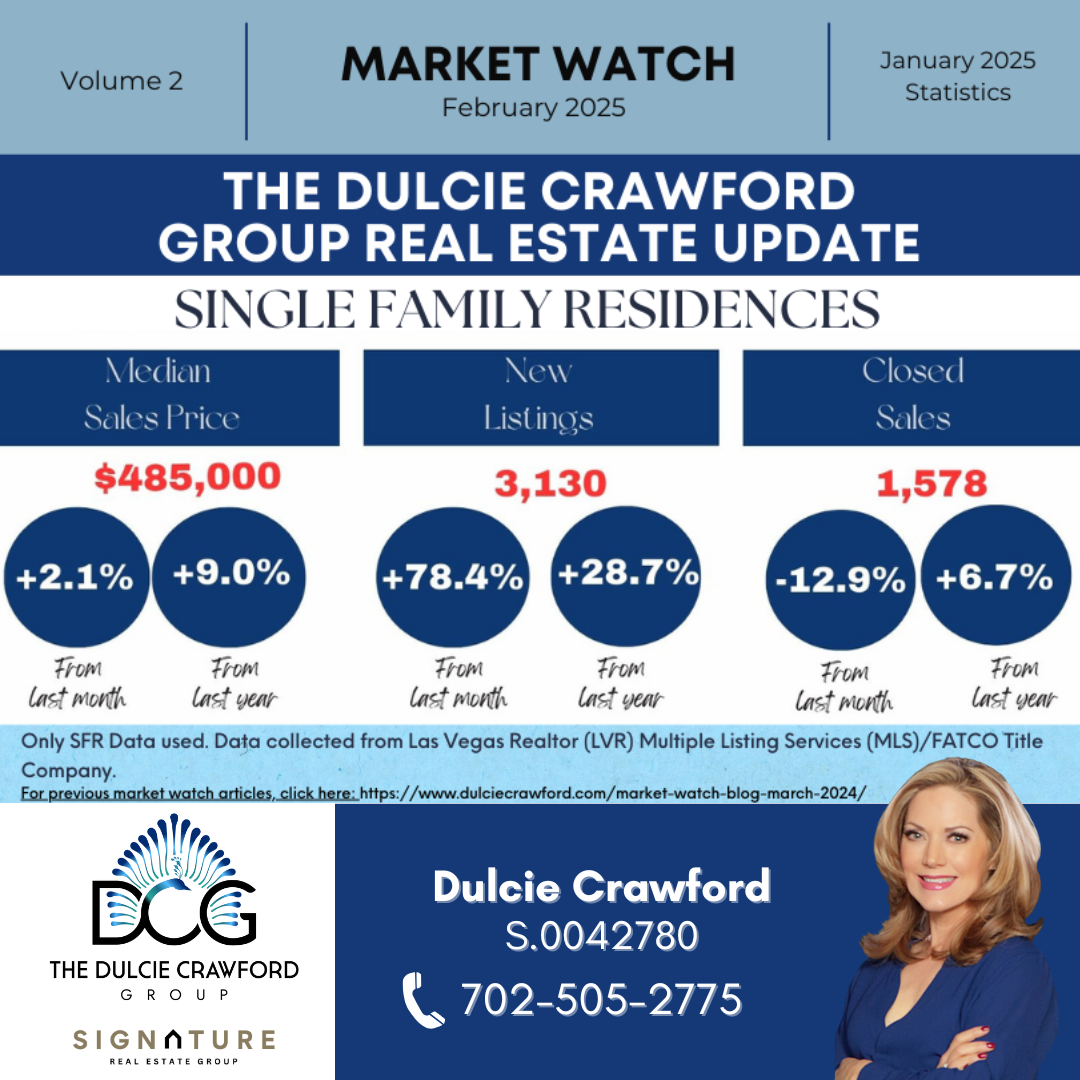Understanding Today’s Mortgage Interest Rates and their Trends
In previous blogs and newsletters, we at the DCG have been giving out tips and advice on how to better make every homeowner equipped to become a seller, and every single American equipped to become a homeowner. For this blog, we want to share my insight on the mortgage interest rates’ current climate. Right now is a huge opportunity to jump in ahead of what could be another housing spike, especially with interest rates being in a decline for the last two consecutive weeks.
One of the most important things that one needs at least a basic grasp on if they decide to engage in the realm of real estate and housing, are the use of mortgages to buy Real Estate and the Interest Rates that are offered by the banking institutions.
What are Interest Rates? Firstly, when you borrow from a lending agent (banks, etc.), the main way that they earn a profit is through Amortized interest rates. These are amounts that they add unto your principal loan, and are commonly expressed as a percentage from the original amount. Essentially, Interest rates are charges that the lending institution charges you, as a cost for loaning the money.
So, why is this important? Interest rates on loans are expressed on an annual basis, referred to as the annual percentage rate (APR). Knowing the current value of interest rates will help you gauge your financial power when it comes to paying off your loan within the agreed upon term. The term is determined by the borrower and their loan advisor, based on what budget and threshold the lending institution feels is a reasonable portion of the borrower’s income, this is called the “Loan to value” ratio (LTV). Long-term Interest rates play a crucial role in deciding the monthly cost of the mortgage loan. These mortgage interest rates affect the borrower’s housing affordability. When rates are low, it’s often an ideal time to apply for a loan, or refinance, as the lower interest can save you thousands over the life of the loan. Conversely, if rates are higher than average, it will cost the borrower more money over the loan term (with typical terms being 15 and 30 years). We expect that as interest rates decline, this will bring more home buyers into the housing market, as they will now have more purchasing power.
Keep in mind that when rates are higher, it typically means that the housing market will slow down and create opportunities for lower priced housing. This leads to more motivated sellers offering buyers some incentives to purchase now vs later. It is my opinion that the buyers that will wait for the lowest interest rate to become available will have missed the sweet spot of the housing market.
As rates drop, more buyers are likely to enter the market, increasing demand and pushing up home prices. However, when rates are high, the market often slows, providing opportunities to find lower-priced homes and motivated sellers. Timing is key—waiting too long for the lowest rate could mean missing the optimal time to buy. Once interest rates move into the 5% range again, we could see a surge of buyers that previously sat on the fence, creating a demand that will increase housing prices again and shifting the market back in favor of sellers.
Currently, long-term rates are already responding to expectations of Federal Reserve rate cuts, which are likely to begin at the September 2024 meeting. Prime rates are at an all time low since over a year ago, with rates ranging in the very low 6% range already. Banks are offering the ability to buy down the current rates up to the 5.75% range. We are already seeing these lower rates create an uptick in our local real estate market. These new lower rates are providing a potential opening for borrowers. The future’s market also anticipates a series of Fed rate cuts, with a 100% chance of a cut on September 18th, and additional possible reductions later in the year. These cuts could present a prime opportunity to lock in favorable mortgage rates.
Mortgage rates fluctuate constantly, making it difficult to predict the perfect time to buy. Although rates were historically low around 3% before the pandemic, they’ve nearly doubled since. Mortgage rates were at their lowest point in the past year, with 30-year fixed rates averaging around 6.159%, while future events could influence rates, they are expected to stabilize at around that range for now.
These average interest rates are not also just affected by external factors. Personal factors that can affect the interest you receive when applying for a mortgage loan are also affected by your credit scores. We have a blog that can provide tips on how to help you improve your credit score, so that you can qualify for lower interest rates.
As an aspiring homeowner, staying informed about market trends, and understanding how rates (prime rates, interest rates, and mortgage rates), can impact your finances. Knowing is a crucial step towards making smart real estate decisions. Here at the DCG, we’re committed to providing you with the knowledge that you need to succeed.
Dulcie Crawford is a native Nevadan, born and raised in Las Vegas. Dulcie stays current with market conditions and keeps continuously updated on market trends, legal reforms and financing so she can assist you in making informed decisions. A senior Realtor with Signature Real Estate Group, she has sold over 1,200 homes since 1998. You are assured a professional experience when buying or selling Real Estate with The Dulcie Crawford Group.

















